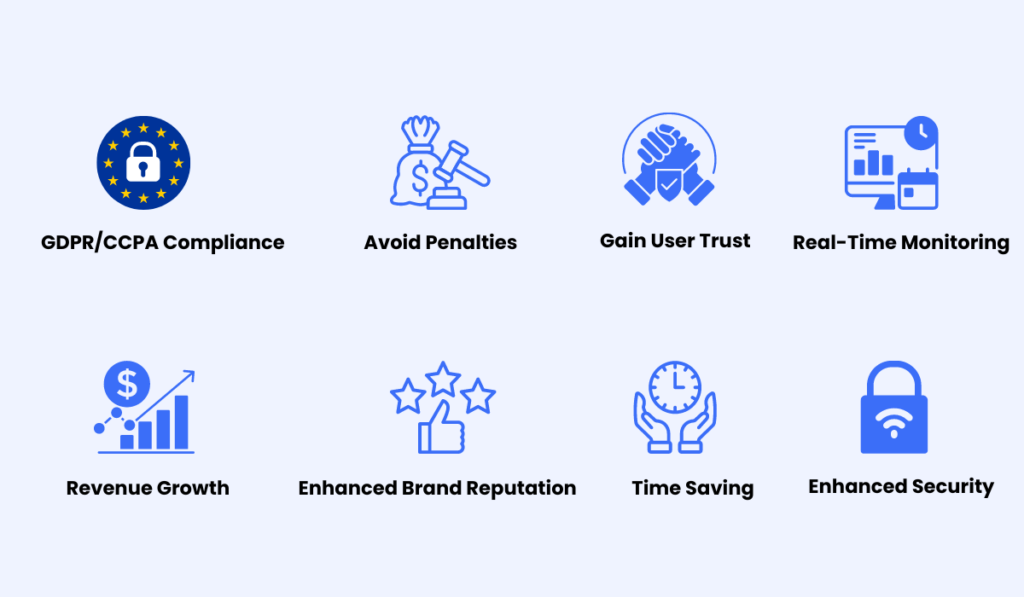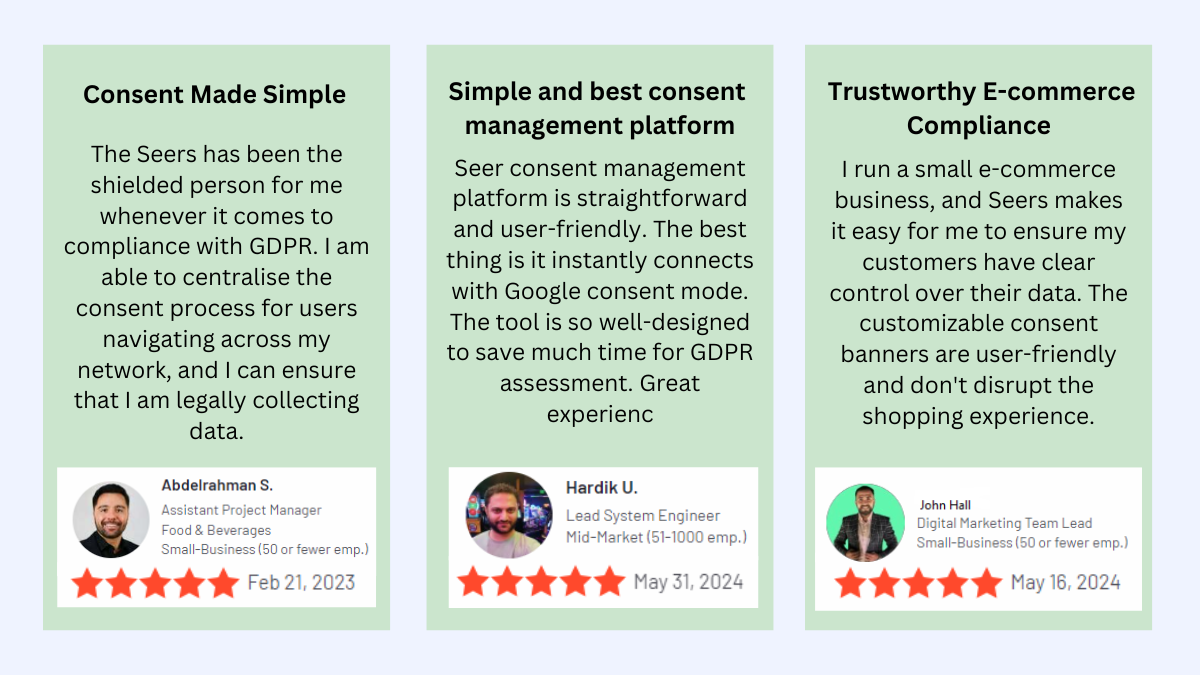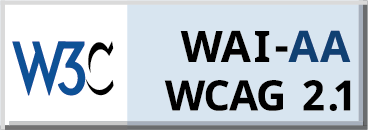Consent banners, such as cookie banners, are vital in today’s digital landscape for ensuring compliance and building user trust. E-commerce sites, real estate companies, independent contractors, and other small businesses must explain to their clients how to use a specific amount of data and obtain the necessary permissions.Agencies can add value by assisting with these crucial tasks.
Consent banners help meet legal and consumer needs by illustrating the firm’s focus on data protection and the disclosure of relevant information.
For agencies, offering effective consent management solutions adds significant value to their clients.
This guide explores key strategies for optimising and using consent banners effectively to boost ROI and highlights ways agencies can add value in delivering these essential tools.
Understanding the Importance of Consent Banners
Consent banners are not just a tick-the-box process but a practical solution for digital advertising. They play a significant role in:
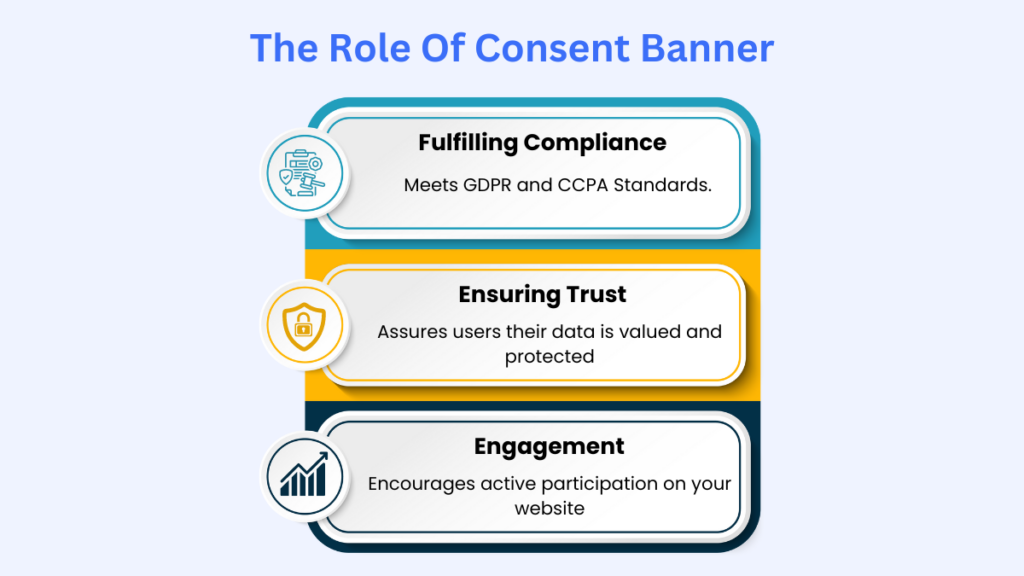
Why is the use of consent banners beneficial for your client’s business?
Using consent banners is crucial for your business for several key reasons:
-
- Boost sales: Notifying and informative banners can encourage more people to do business with you.
-
- Understand your customers: By knowing how your visitors navigate through your website, you can enhance it.
-
- Stay ahead of the competition: Companies with good customer information handling can record better performance.
Industry-Specific Benefits:
E-commerce sites: consent banners help build customer trust, reduce cart abandonment, and increase sales.
Real estate firms protect personal information and ease client concerns.
Small businesses can benefit by enhancing their professional image with clear and effective consent banners.
Here are benefits you can expect while choosing Seers Cookie Banner:
The Role of Agencies in Consent Management
Agencies are invaluable partners in consent management. They bring a wealth of expertise and resources to the table, helping businesses navigate the complexities of data regulations.
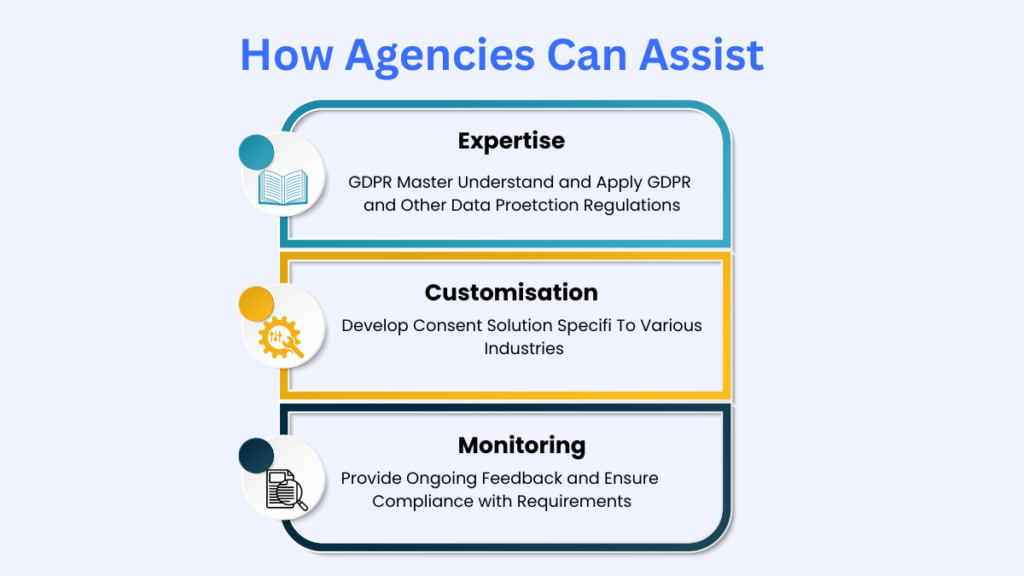
Industry-Specific Benefits:
E-Commerce: You can create consent banners that match your client’s brand and improve the user experience.
Real Estate: You can help establish a strong data management system to protect your client’s information.
Here are 5 ways agencies can add value with consent banners.
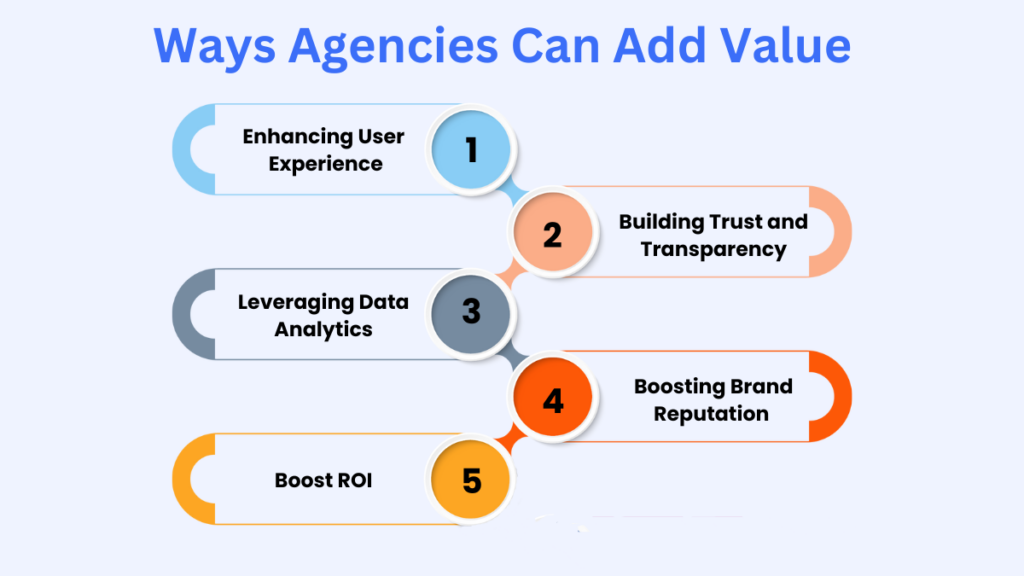
1. Enhancing User Experience Through Personalised Banners
Personalised consent banners can enhance the user experience and boost conversion rates. Tailoring content to individual preferences increases engagement, satisfaction, and sales.
This approach could improve conversion rates by up to 10% or more. For example, Microsoft boosted consent by 25%, Oxfam saw a 30% increase in form completions, and Apple raised data agreement by 20%.
Personalised consent banners significantly enhance the user experience by:
-
- Customisation: Allowing users to choose their data preferences easily.
-
- Design: Making interfaces that are easy to use and look aesthetic.
-
- Reduction: minimising friction in user interactions.
“One of the biggest reasons we have had success with our customers preparing for the GDPR is that we back our story up with lawyers. We partner with a legal organisation and bring people in to help our customers understand how the regulation will be lawfully enforced within the organisation.”
Maureen Data CTO Michael Trachtenberg.
Seers offers extensive customisation for consent banners, letting users set data preferences. Its user-friendly, visually appealing design ensures a smooth, seamless experience.
Industry-Specific Benefits:
E-commerce websites: You can use slide-in banners that subtly prompt clients’ consent without disrupting their shopping experience.
Real estate firms: You can prefer more prominent pop-up banners highlighting important property alerts, ensuring your client gets all the crucial information.
Small businesses: Use static banners that integrate seamlessly into their website design, offering a professional appearance while ensuring compliance.
2. Building Trust and Transparency with Clear Consent Practices
Effective consent banners should clearly explain data usage and offer simple options for managing preferences. It builds user trust and helps meet regulatory requirements.
Users must know why you are collecting the information and how you will use it.
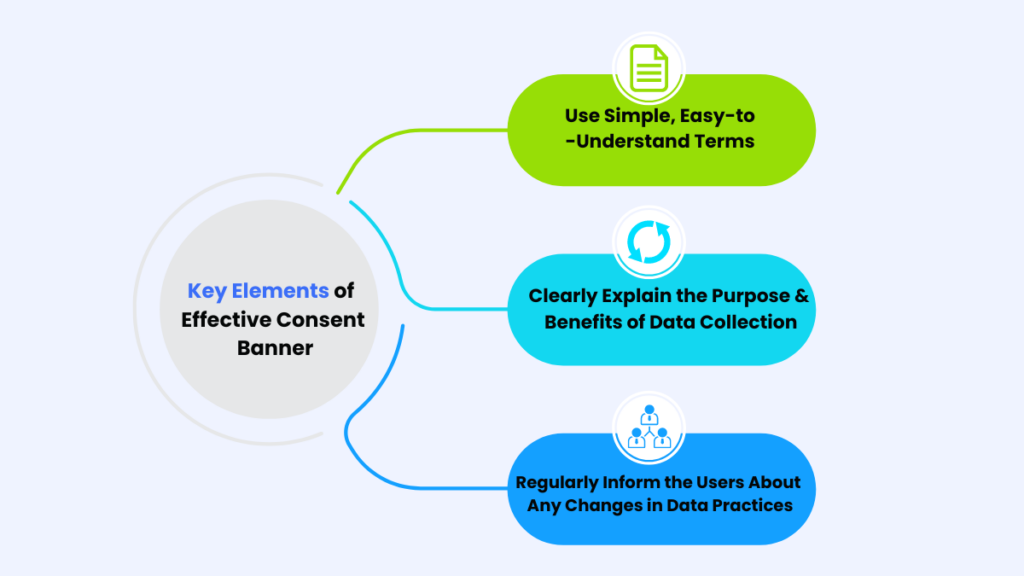
Industry-Specific Benefits:
E-Commerce: Clearly explain how you’ll use clients’ data in your banners to build trust, reduce bounce rates, and encourage more engagement with your site.
Real Estate: Provide detailed information on how data is used for property matching and updates, boosting client confidence in the security and relevance of their information.
Small businesses: Use simple consent banners to build trust and reassure clients that their data is protected.
3. Leveraging Data Analytics for Better Decision-Making
Data analytics is vital for consent management features. By tracking user engagement, businesses can collect valuable user preferences.
According to a Deloitte report, this approach can improve regulatory compliance by up to 40%.
Performance metrics such as conversion rates, bounce rates, and engagement levels help identify the most effective banner designs and messages.
Businesses can use these insights to optimise banner designs, messaging, and placements to improve overall effectiveness.
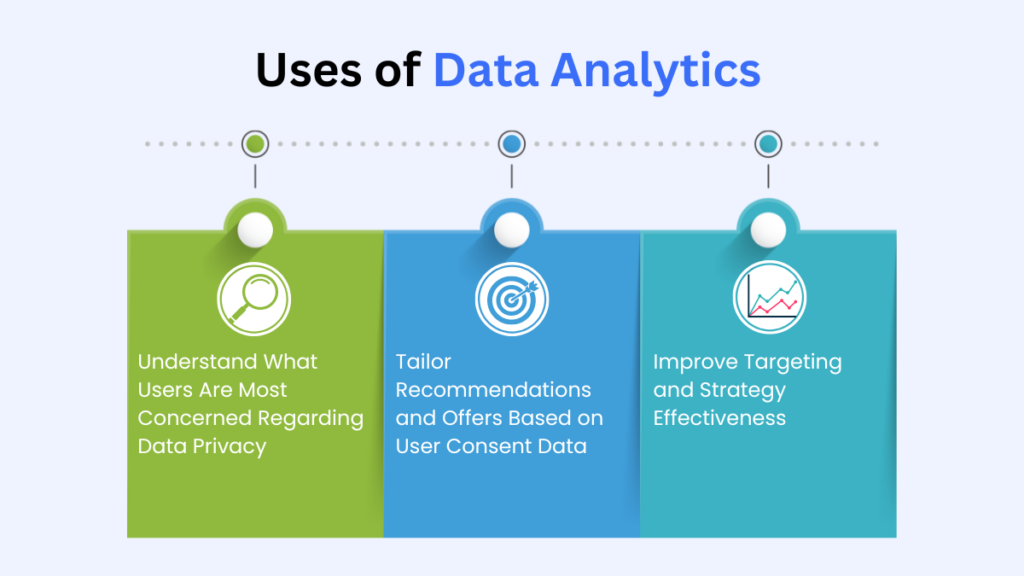
Industry-Specific Benefits:
-
- E-Commerce: Use data analytics to fine-tune your consent banners, improving user engagement and increasing sales while reducing cart abandonment.banners
-
- Real Estate: Analyse how different banner formats affect client responses to property alerts, helping you generate more leads and improve client interactions.
-
- Small Businesses: Track banner performance to adjust designs and placements, enhance how you communicate consent options, and strengthen your client relationships.
4. Boosting ROI with Effective Consent Banner Strategies
Effective consent banner strategies are crucial for maximising return on investment (ROI) and driving business growth.
Industry-Specific Benefits:
E-Commerce: By integrating consent banners effectively, you can boost user engagement and reduce cart abandonment. This leads to higher conversion rates and increased sales as you present consent options non-disruptively.
Real Estate: Clear, well-designed consent banners improve clients’ interactions with property alerts and updates. This results in better user engagement and enhanced lead generation, aligning with your growth goals.
Small Businesses: Effective consent banners build credibility and trust with your clients, present a professional image, and support your business growth. By improving how consent options are communicated, you strengthen client relationships and enhance trust.
Here’s how to use these techniques effectively as part of a well-rounded digital marketing strategy:
Conversion Rate Optimisation (CRO) Techniques
CRO techniques are essential for maximising the effectiveness of consent banners. These techniques include:
-
- Design: Optimise the visual appeal of consent banners to be eye-catching yet non-intrusive.
-
- Placement: Optimising where banners appear on the website.
-
- Messaging: Craft clear, concise, and compelling messages that convey the importance of consent and data protection.
-
- CTA: Enhancing call-to-action buttons to encourage user interaction.
-
- User Experience: Ensure that banners are easy to interact with, reducing friction and encouraging users to opt in.
A/B Testing for Banner Performance
A/B testing involves:
-
- Setup: Creating different versions of consent banners to test.
-
- Analysis: Comparing the performance of each version.
-
- Implementation: Using the most successful designs to improve user interaction and consent rates.
It helps identify the most effective designs and messaging.
Integrating Consent Banners with Marketing Campaigns
Integrating consent banners with marketing campaigns can enhance their effectiveness.
This involves:
-
- Synchronisation: Aligning consent banner messages with marketing campaigns.
-
- Personalisation: Using consent data to personalise marketing efforts.
-
- Reinforcement: The consent banners will retarget the most prominent marketing slogans and provocative actions.
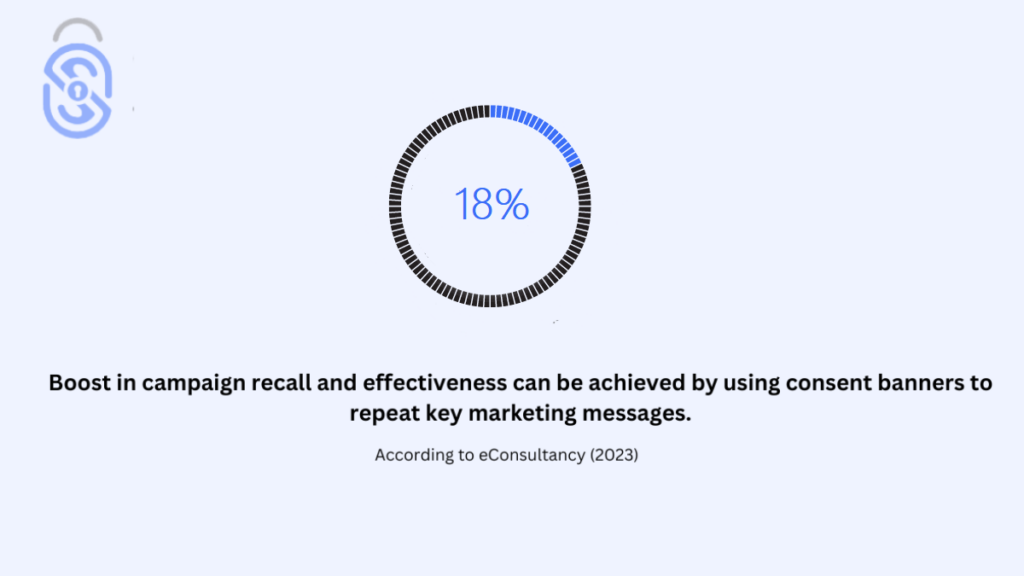
Aligning Banners with Business Goals
Aligning consent banners with business goals ensures they contribute to overall success. This involves:
-
- Objectives: Defining clear business objectives for consent banners.
-
- Compliance: Ensuring banners meet regulatory requirements and build user trust.
-
- Tracking: Monitoring the performance of consent banners and making necessary adjustments.
Increasing User Opt-In Rates
Increasing user opt-in rates is crucial for maximising the benefits of consent banners.
Strategies include:
-
- Messages: Writing attractive consent messages would inform people what they gain from their consent.
-
- Incentives: Offer users a reward for their consent. This could be a discount or exclusive content accessible only to those who allow the app to access their data.
-
- Monitoring: Continue to consider, assess, and upgrade the present opt-in methods to make them the most effective.
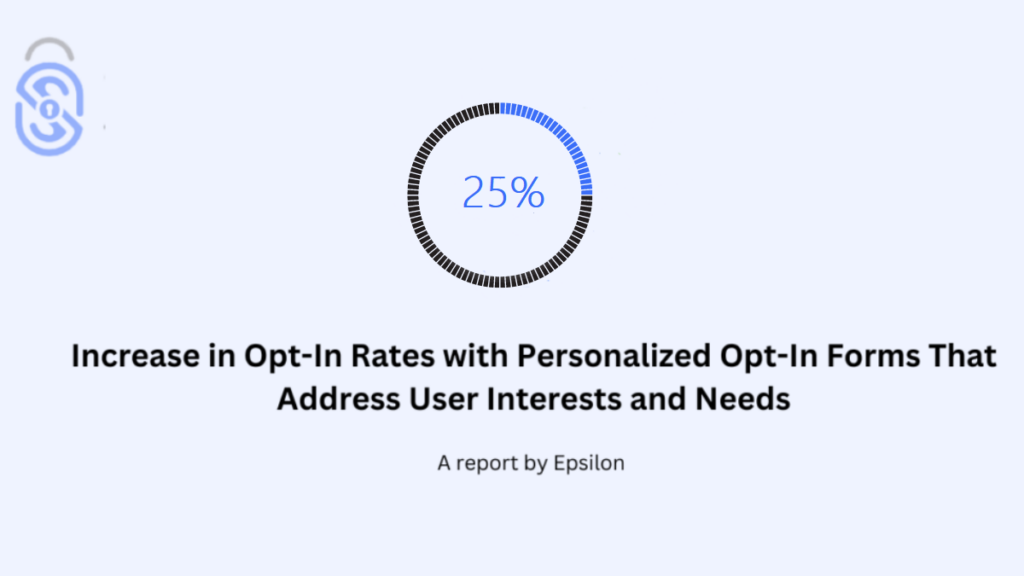
Converting Consent into Sales
Converting consent into sales involves leveraging consent data for targeted marketing efforts.
You can achieve this by:
-
- Data Use: Utilising consent data to create personalised marketing campaigns.
-
- Relationships: Building strong customer relationships through ethical data practices.
-
- Metrics: Measuring the effectiveness of consent-driven marketing efforts and making necessary adjustments.
These strategies ensure compliant, ROI-boosting consent banners and an enhanced user experience. Seers provides tailored solutions to achieve this.
5. Choosing the Right Banner Ad Format
Understanding the correct format of the banners is essential. Static banners and an elegant website design can give small businesses a professional look.
Data from eMarketer shows that choosing the correct format can reduce cost-per-click (CPC) by up to 25% through better targeting and higher relevance.
Industry-Specific Benefits:
-
- E-Commerce: These slide-in banners maintain the flow of the experience that the users are shopping for and ensure that it is compliant, all of which contribute to reducing cart abandonment while keeping the users interested.
-
- Real Estate: The type of banners that pop up carry prominent property notices and alerts, ensuring the clients know essential information.
-
- Small Businesses: Static banners have a professional look and yield clear information about consent choices, which increases credibility and impresses clients.
The Future of Consent Management: Trends and Opportunities
As consent management changes, businesses must keep up with new trends. Companies should use the latest technology and focus on making things easy for users so they meet new expectations and remain compliant.
Adopting Adaptive Technology:
-
- Evolving Solutions: Consider consent management platforms that adapt to changing regulations and user preferences. This technology should offer features like automatic updates for compliance and customisable options for different user scenarios.
-
- AI Integration: Explore using artificial intelligence to personalise consent experiences and predict user preferences based on behaviour.
Enhancing Personalisation:
-
- Tailored Experiences: Focus on creating more personalised consent experiences that cater to individual user preferences. This can involve dynamic consent banners that personalise user interactions or preferences.
-
- User-Centric Design: Develop consent management solutions prioritising the user experience by offering banner customisation options and clear, relevant information.
What Seers Brings to Your Business
Seers Overview:
- Seers offers a robust cookie consent management platform.
- It helps businesses comply with privacy regulations and avoid fines.
Founding Purpose:
- The Seers platform was designed to be a dynamic environment where agencies can excel while achieving compliance and growth.
Passion and Motivation:
- We are passionate about data privacy and ensuring businesses meet legal requirements seamlessly.
- Our mission is to provide reliable solutions that build trust and enhance brand reliability.
What We Offer:
- Customisable banners with advanced features.
- Seamless integration with your website.
- Ensuring compliance with privacy regulations.
- Partnership Opportunities.
Want to see how we transform your businesses?
Start Your Free Compliance JourneyCase Studies: Real-World Success Stories
1. Sephora: Improved User Engagement and Compliance
Company: Sephora
Challenge: Sephora, a global beauty retailer, needed to enhance its compliance with GDPR and improve user engagement through consent management.
Solution: Sephora implemented a GDPR-compliant consent banner that informed users about data collection and provided easy options for consent management. The banner was designed to be user-friendly and integrate seamlessly with the website’s design.
Results: Sephora saw a significant increase in user opt-in rates and improved customer trust. The transparent approach helped Sephora maintain compliance while enhancing the overall user experience.
2. Awin: Boosted User Consent and Trust
Company: Awin
Challenge: Awin, a global affiliate marketing network, needed to enhance its data protection practices and improve user consent rates.
Solution: Awin adopted a dynamic consent management platform with a customisable banner allowing users to select their data preferences. The banner was integrated into their website to offer clear choices without disrupting user experience.
Results: Awin achieved a 25% increase in user consent rates and improved user trust in their data handling practices. The solution also ensured compliance with GDPR and other data protection regulations.
Implementing an effective cookie consent banner is crucial for building user trust and meeting data privacy regulations. Knowing the importance of transparency and user control over cookie preferences is one thing, but applying it by creating a seamless, user-friendly interface strengthens your brand and enhances reliability.
